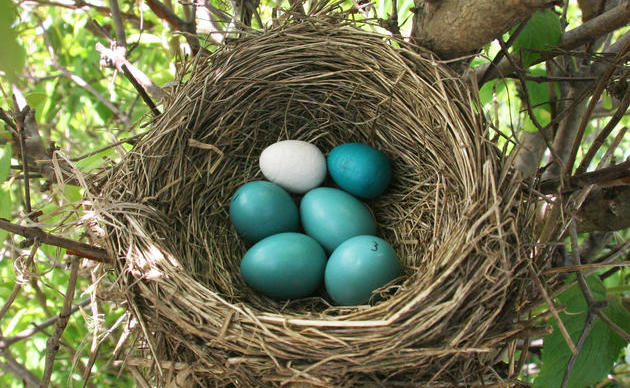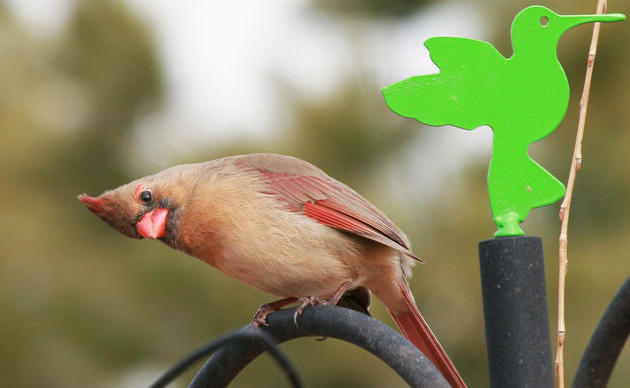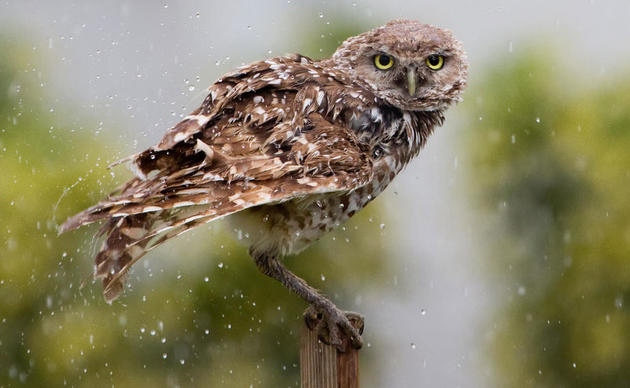Arctic National Wildlife Refuge
WASHINGTON (December 19, 2017) — “This tax bill trades away a national treasure—for what—oil we don’t need and the fiction that oil from the Arctic National Wildlife Refuge will serve as a bank to offset tax cuts? This is the biggest threat the Arctic National Wildlife Refuge has ever seen—but we are determined to protect America’s bird nursery from oil and gas drilling,” said David Yarnold (@david_yarnold), president and CEO of the National Audubon Society, after Congress voted to pass the tax bill which includes a provision opening the Arctic National Wildlife Refuge to oil and gas drilling to offset tax cuts.
“Our 1.2 million members will hold their members of Congress accountable for this vote. We’ll do whatever it takes to prevent drilling in America’s Bird Nursery.
“On the darkest days I like to think about the perseverance of the Tundra Swan who travel in family groups from the Arctic National Wildlife Refuge over three thousand miles to spend their winter with us on the Potomac and the Chesapeake. They never give up and neither do we—if we don’t look out for them and the 200 other bird species that depend on the Refuge—who will?" Yarnold added.
“Allowing oil development in the Arctic Refuge cuts off public access to one of the Earth’s last wild places, threatens food security for Alaskans who depend on the fish and wildlife this bountiful land produces, and further harms our nation’s already beleaguered bird populations. This vote is a stain for current and future generations; however, as we have done for decades, Audubon’s efforts to protect public lands in Alaska, including the Refuge, will continue,” said Nils Warnock, executive director at Audubon Alaska.
Audubon’s infographics demonstrate how the revenue numbers promised don’t add up and paint a picture of the impact this legislation could have on the Arctic Refuge. Further, by making oil and gas drilling a primary purpose of the wildlife refuge and mandating an 800,000-acre oil and gas program, this bill effectively undermines the environmental and wildlife protections that typically apply to oil and gas development on federal lands. Last month, 37 leading Arctic wildlife scientists united to oppose drilling in the Arctic—making clear that wildlife and oil drilling don’t mix in the Refuge.
More than 200 species of birds, including the Tundra Swan, Snowy Owl, and Northern Pintail, depend on the Arctic Refuge. Many migrate through six continents and all 50 states to breed in the Refuge. The Refuge is an iconic American treasure on par with the Grand Tetons, Yellowstone, and Yosemite. It was first protected by President Dwight D. Eisenhower, and leaders from both parties have worked together for generations to stop attempts to open the biological heart of the Refuge—its pristine coastal plain—to oil and gas drilling. (Maps available for download and use here, here, and here.)
Audubon is asking its members and supporters to take a pledge to stand with us and millions of others in this fight to protect the biological heart of one of the most wild places left in the United States.
The National Audubon Society protects birds and the places they need, today and tomorrow, throughout the Americas using science, advocacy, education and on-the-ground conservation. Audubon's state programs, nature centers, chapters and partners have an unparalleled wingspan that reaches millions of people each year to inform, inspire and unite diverse communities in conservation action. Since 1905, Audubon's vision has been a world in which people and wildlife thrive. Audubon is a nonprofit conservation organization. Learn more how to help at www.audubon.organd follow us on Twitter and Instagram at @audubonsociety.
Contact: Nicolas Gonzalez, ngonzalez@audubon.org, (212) 979-3100 - - Lisa Hardaway; lhardaway@audubon.org 973-902-9298
_____________
Arctic National Wildlife Refuge in the Tax Bill
As you probably know Congress passed the tax bill with a provision opening the Arctic National Wildlife Refuge to oil and gas drilling.
Many people will have specific questions about what’s next and will want all the details about how we plan to fight back. Unfortunately, all that explaining could complicate future legal claims and telegraph to our opponents what we plan to challenge.
We’ve drafted these talking points to help you navigate all the conversations you’ll likely have in the coming days. These talking points can be used throughout our network and with external audiences. If you are contacted about doing an interview with news media please contact the communications team before doing the interview.
Talking Points: What did Congress just do?
In a dramatic break with 60 years of bipartisan agreement to protect one of the most pristine natural places on earth, Congress has passed a tax bill that requires the Department of the Interior lease at least 800,000 acres of the Arctic Refuge National Wildlife Refuge’s coastal plan for oil and gas drilling. It is simply not realistic to expect that oil and gas drilling would would fund $1 billion of $1.5 trillion in proposed tax cuts—that claim is built on math that just doesn’t add up. In reality, drilling would generate less than 10% of that $1 billion—and cause permanent damage to the biological heart of the Refuge,
What’s next?
A number of regulatory, legal, political and financial hurdles remain before any drill can touch this pristine place. We will do everything we can to make each step insurmountable.
Overtime, we will return to Congress and seek to restore protections for this crown jewel of our National Wildlife Refuge System and for the millions of migratory birds and wildlife that call it home.
Isn’t this a devastating loss?
This is the biggest threat the Refuge has faced. It’s the biological heart of the wildest place left in the United States—it’s shameful to drill here.
Audubon has been fighting for decades to protect the Refuge—and we will remain its fierce defender.
We will redouble our efforts to speak out on behalf of the 200 species of birds, including the Long-tailed Duck, Tundra Swan, Snowy Owl, and Northern Pintail, that depend on the Arctic Refuge.
And just like these birds, who are remarkably resilient in their migration efforts and adaptable in the face of change, we will persevere to achieve our conservation goals in the face of a changing environmental landscape.
When could drilling start?
It is just too soon to speculate about that. There are a number of regulatory, legal, and financial hurdles before any drill can touch this pristine place. Rest assured that we intend to make every barrier to drilling insurmountable. And we’ll need your help to keep the Arctic wild.
So, what can we do to fight this?
- We will all need to be vigilant and exert public pressure to prevent drilling and restore legal protections for the Refuge. Sign up for Audubon action alerts and share widely with your friends.
- Sign this pledge to stand with us and millions of others in this fight.
- Support candidates that value the environment in 2018 and 2020.
- Go to the Arctic National Wildlife Refuge and see it for yourself, then spread the word for those who can’t get there but who also care about it. We vote with our dollars and feet too, by showing up and being counted.
How you can help, right now
Donate to Audubon
Help secure the future for birds at risk from climate change, habitat loss and other threats. Your support will power our science, education, advocacy and on-the-ground conservation efforts.
Become a Monthly Donor
Donating monthly is flexible, easy and convenient and makes you a champion birds can count on, no matter the season.




